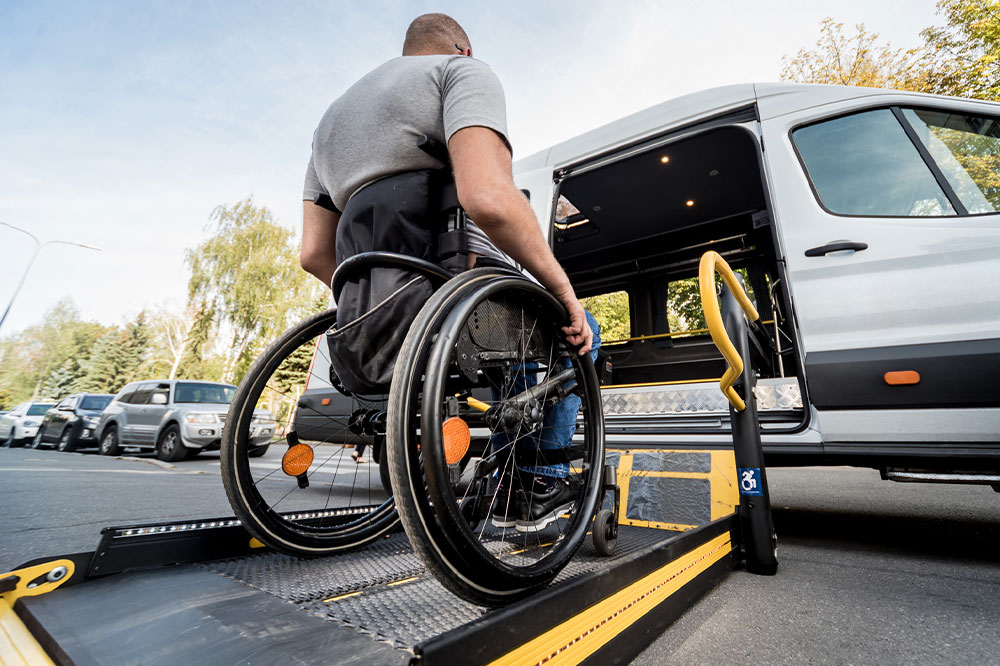
Mobility and accessibility – Types, services, and equipment
The ability to move around and access things is crucial for people to live with independence and dignity. It is important for everyone, regardless of their abilities, to participate equally in society. This article explores the different types of equipment available to aid mobility. It will also discuss the various types of accessibility, the services that promote inclusivity, and the significance of accessibility equipment in enabling people to live independently.
Accessibility types
Physical accessibility
Physical accessibility involves designing spaces accessible to individuals with mobility difficulties, ensuring they can enter buildings, use transportation, and navigate public areas without obstacles.
Digital accessibility
Digital accessibility pertains to designing websites, applications, and digital content accessible to people with disabilities, promoting inclusivity in the digital realm.
Social accessibility
The goal of social accessibility is to create a welcoming and accepting society that values individuals of all abilities, encourages understanding, and eliminates negative stereotypes.
Communication accessibility
To ensure effective communication for everyone, it’s important to offer accessible communication methods like sign language interpretation and captioning as part of communication accessibility.
Mobility and accessibility services
Accessible transportation
Transportation services that are accessible, such as buses that accommodate wheelchairs and paratransit services, allow individuals with mobility challenges to travel independently.
Accessible housing
Accessible housing offers features like ramps, widened doorways, and roll-in showers, ensuring that homes accommodate the needs of residents with disabilities.
Accessible education
Accessible education services provide support and accommodations for students with disabilities, ensuring equal access to learning opportunities.
Accessible healthcare
The goal of accessible healthcare services is to ensure that medical facilities and services are available to individuals with disabilities by providing them with accessible medical equipment and communication.
Mobility aids and equipment
Wheelchairs
There are different types of wheelchairs available, such as manual and electric models, that can help people with limited mobility to move around easily and quickly.
Mobility scooters
For those who struggle with walking longer distances, mobility scooters are a practical and portable solution.
Walking aids
Canes, crutches, and walkers support and stabilize people with temporary or permanent mobility impairments. These walking aids help individuals move around safely and with greater ease.
Prosthetics and orthotics
Prosthetics and orthotics are customized devices that enhance mobility for individuals with limb loss or orthopedic conditions.
Accessibility equipment
Stairlifts
Motorized chairs that travel along rails installed on staircases are called stairlifts. They help people with mobility challenges to easily move between different levels of a building.
Vertical platform lifts
Vertical platform lifts offer a secure and effective means for those in wheelchairs to navigate between different floors in buildings that don’t have enough space for ramps.
Handrails and grab bars
To improve safety and accessibility, it’s important to have handrails and grab bars in bathrooms, stairways, and other areas. These provide support and stability for users.
Access ramps
Access ramps are designed to provide a smooth pathway for individuals who use mobility aids. This allows for easy access to buildings and spaces.
Enabling mobility and accessibility is crucial for building a compassionate, inclusive society that values everyone. To create a diverse and inclusive world, we must acknowledge the importance of accessibility equipment. Such equipment lays the foundation for independence and dignity, allowing people to unlock their potential, contribute to society, and live fulfilling lives.




